Booroona Trail
Enjoy a relaxing walk alongside Ross River as you learn about the indirect impacts of urban sprawl and our growing population.
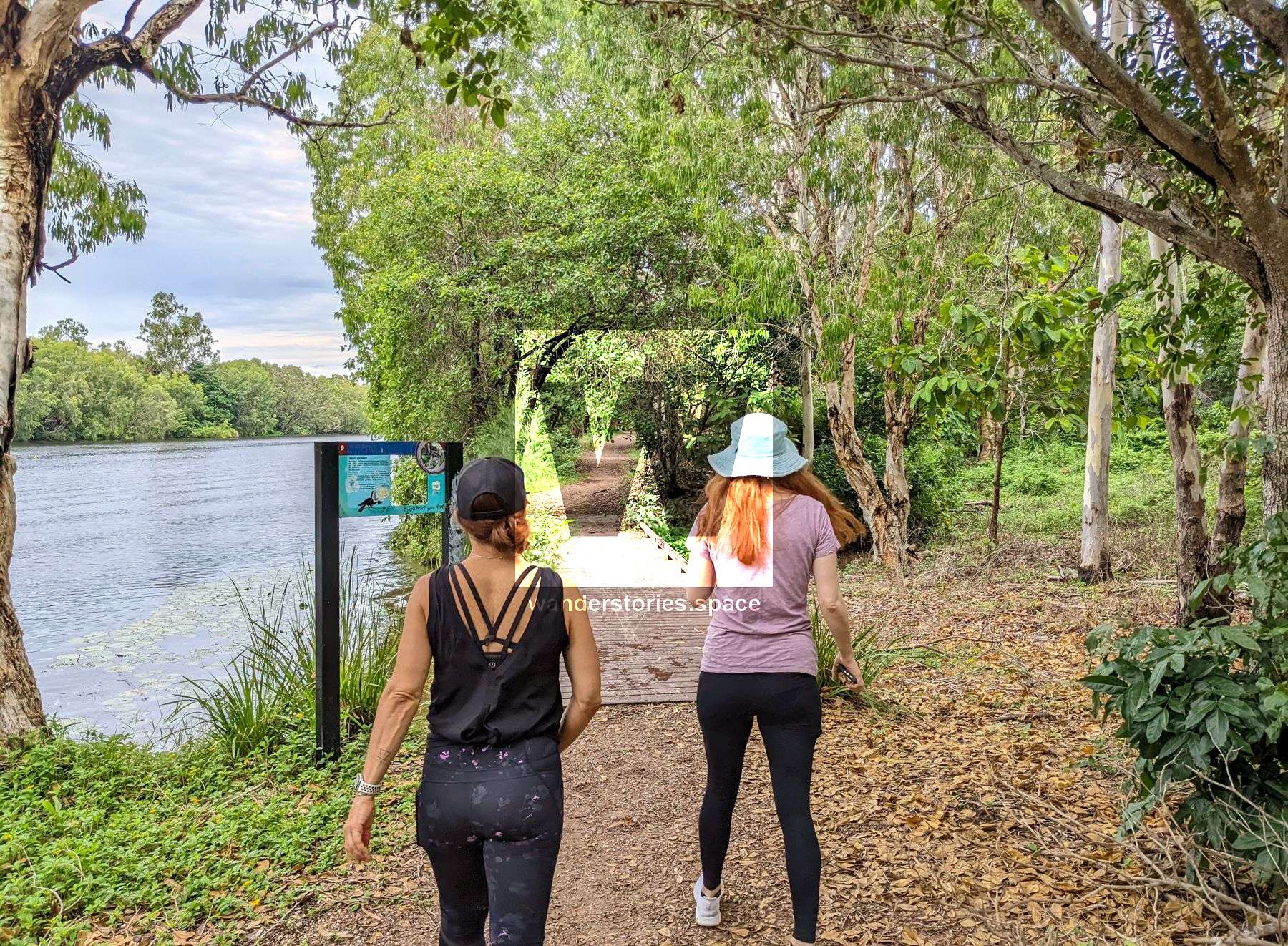
Location - Townsville, North Queensland, Australia
Difficulty - grade 2, easy flat trail
Distance - 2.2 km one-way
Time - Allow 30 minutes one-way
Enjoy a relaxing walk along Booroona Trail and discover the magnificent Ross River. The Ross River was first used by the Wulgurukaba and Bindal people for recreation food, and transport. The Booroona Trail winds its way along between Apex Park and Loam Island, Booroona means 'snake trail' in the Bindal language.
Ross River Biodiversity Enhancement Project is an ongoing project managed by Townsville City Council to provide a habitat and conservation corridor along Ross River. This corridor is currently linked by a bike and walking track and has interpretive signage to highlight the ecological value of the river.
These interpretive signs along the walk allow you to understand the environment and the indirect impacts of urban sprawl and our growing population. Read about the importance of riparian habitats and aquatic weed management as well as the diversity of plants and wildlife that rely on the Ross River, and the key connections between them.
This walk is perfect for families with young children and can be walked or ridden.
Townsville City Council also offers a free walking tour.
Interactive Map
Starting at Loam Island Jetty, walk along the single track upstream towards Apex Park. You will walk partially along a boardwalk over lagoons covered in weeds. You may even see snakes and freshwater crocodiles laying on the paperbark trees (Melaleuca) if you are early enough.
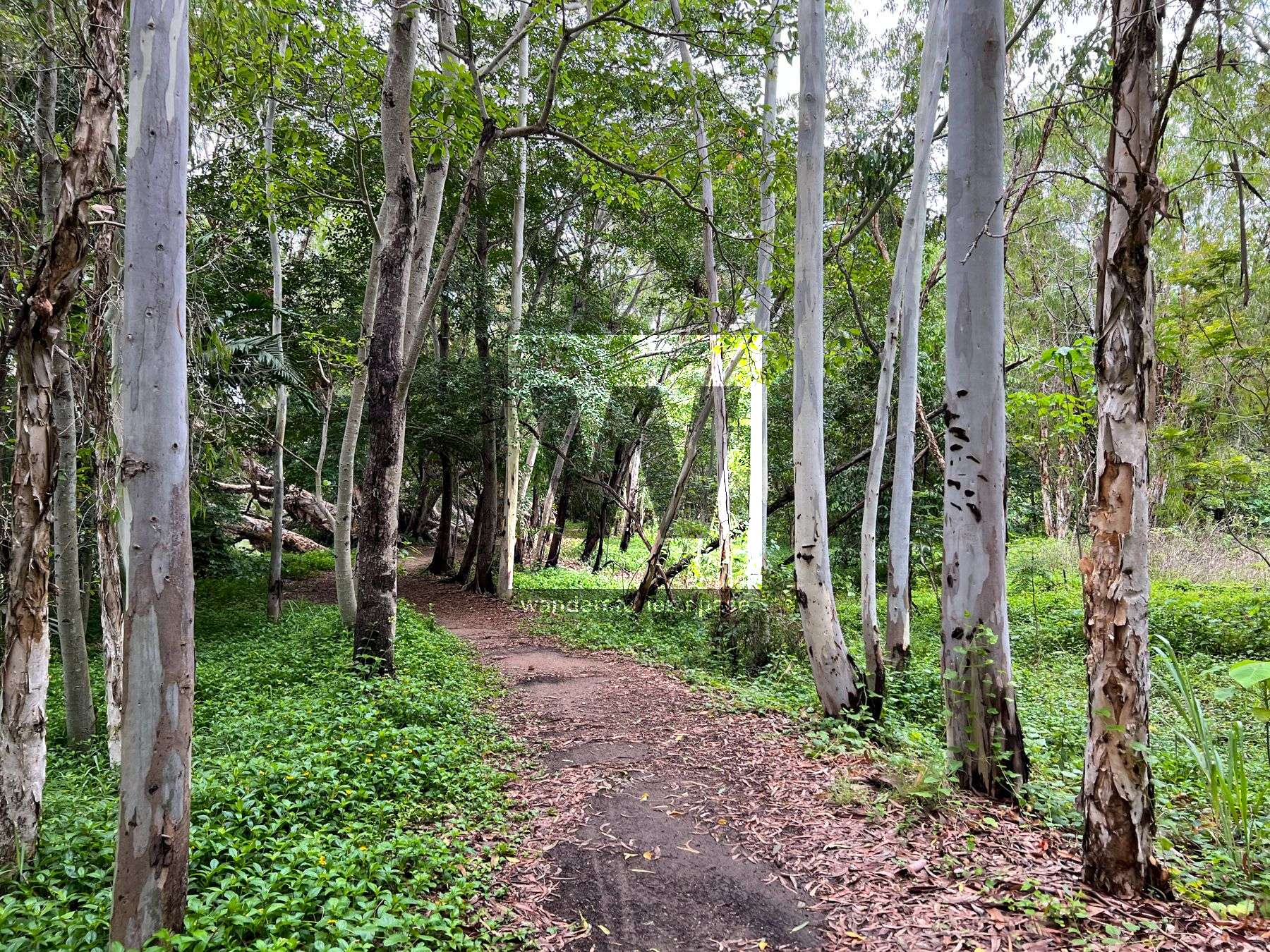
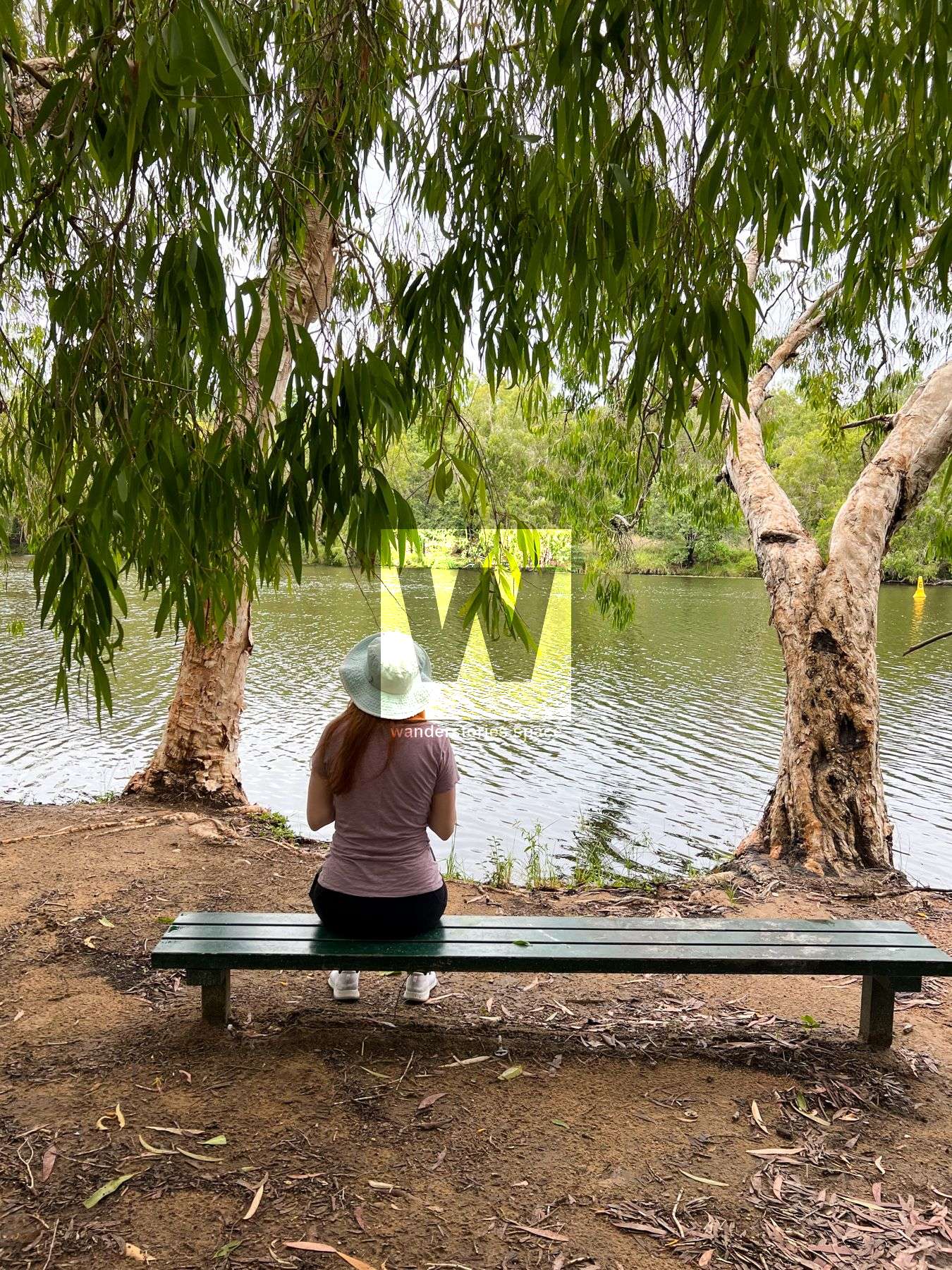
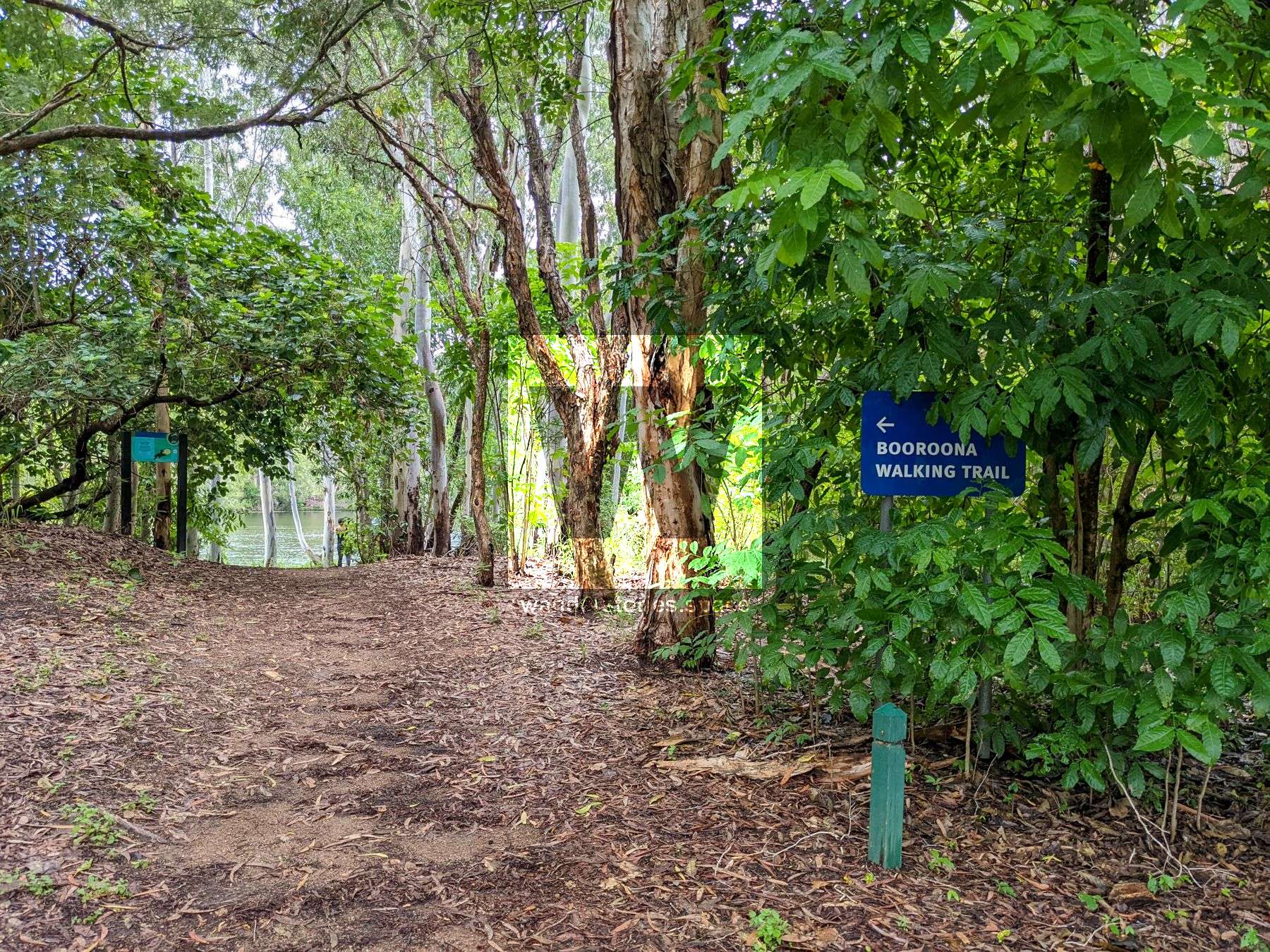
You can make this walk as long as you want it to be as there are several paths up to the road along the way. The full length is 2.2 kilometres and it's a very nice, scenic, easy, flat walk. There are several places to sit down on beach seats along the route. From the Riverway Rowing Club, you may see some kayakers, boats with people water skiing in the area. The trail ends by the starts leading up to the Kelso suburb.
The most magnificent trees of the Ross River must surely be the Melaleuca paperbarks. Their interesting bark stands them out from the Eucalypts that dominate most Australian forests. The types on this walk are the greyer large-leafed White Paperbark and the Fine-leafed Paperbark. The bark, as its name suggests, is in thin papery sheets stuck together. It regularly peels from the tree and you can usually find small pieces to examine on the ground. Bark protects a tree from insects, disease and fire. The nectar-filled flowers of a paperback have a sweet strong smell. The long, dead, spiky leaves of the old Screw Palm or Pandanus circle them like a skirt, providing shelter for insects, geckos and birds.
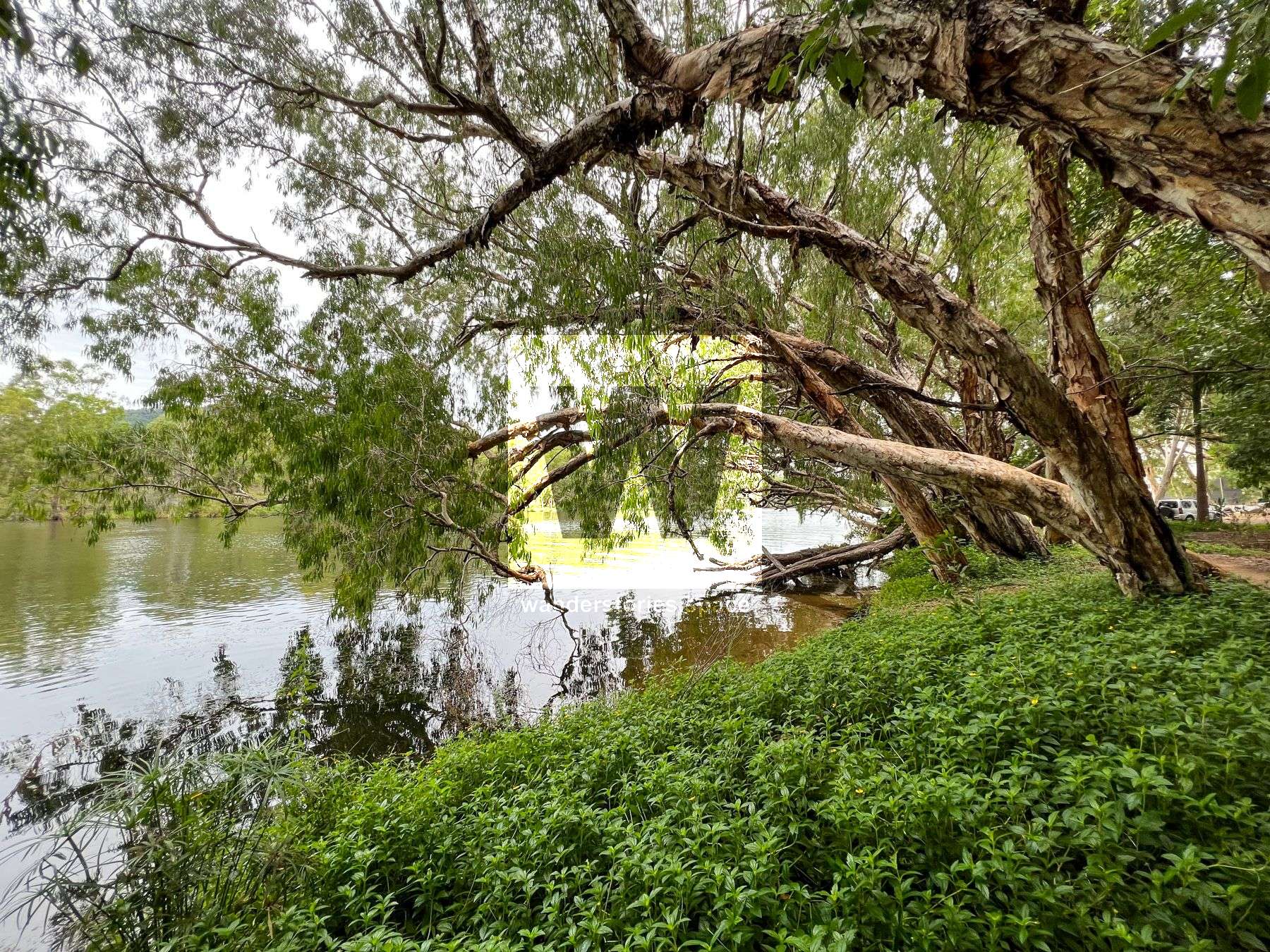
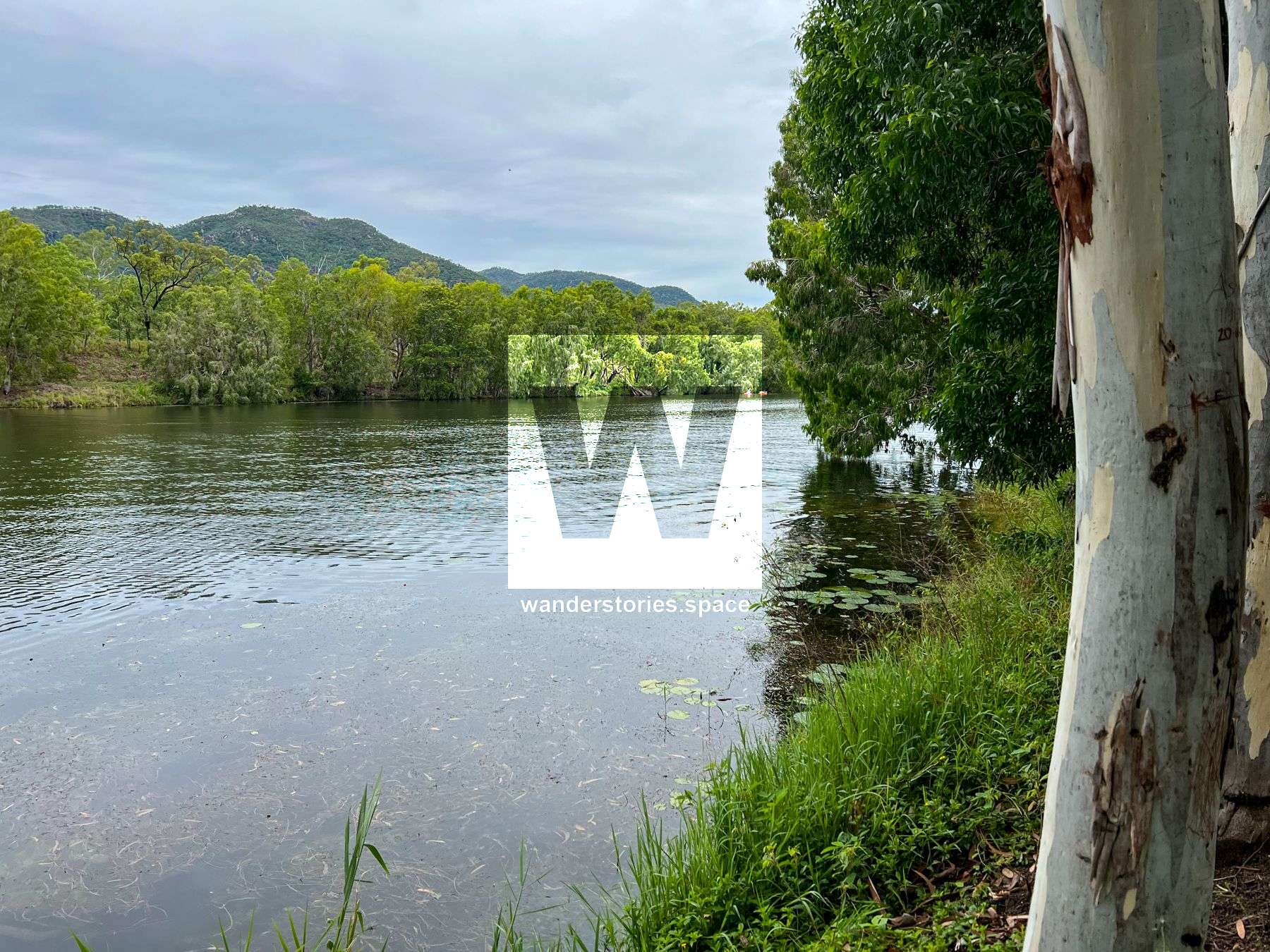
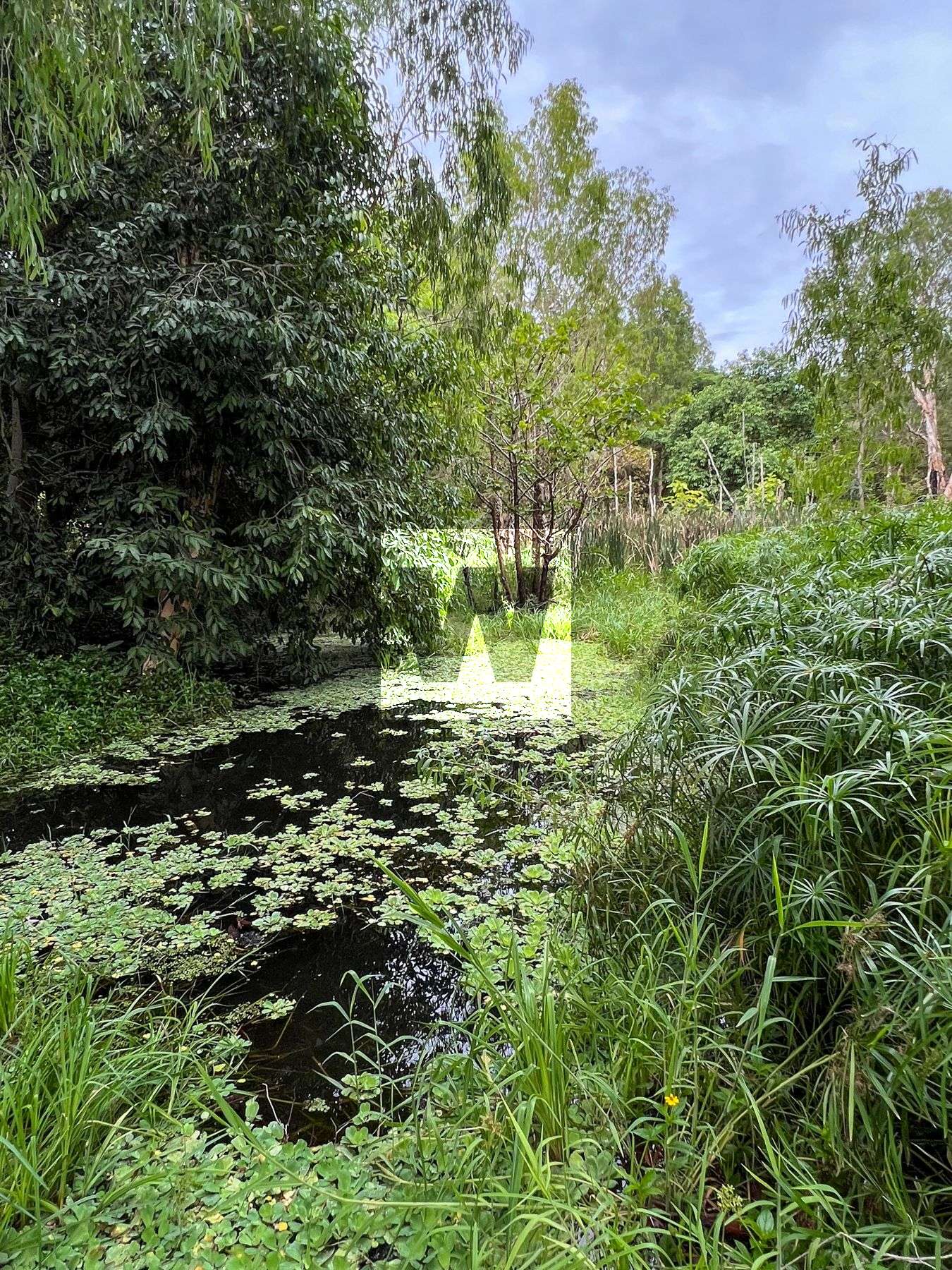
Plants must have water, sun, nutrients and somewhere to grow. The big Melaleuca paperbarks love the river banks. Their mats of fibrous roots draw water from the river. They lean out over the river so their branches avoid the shadows of other trees. In turn, their dense foliage shades out other plants leaving bare sandy banks for the turtles to dig nests.
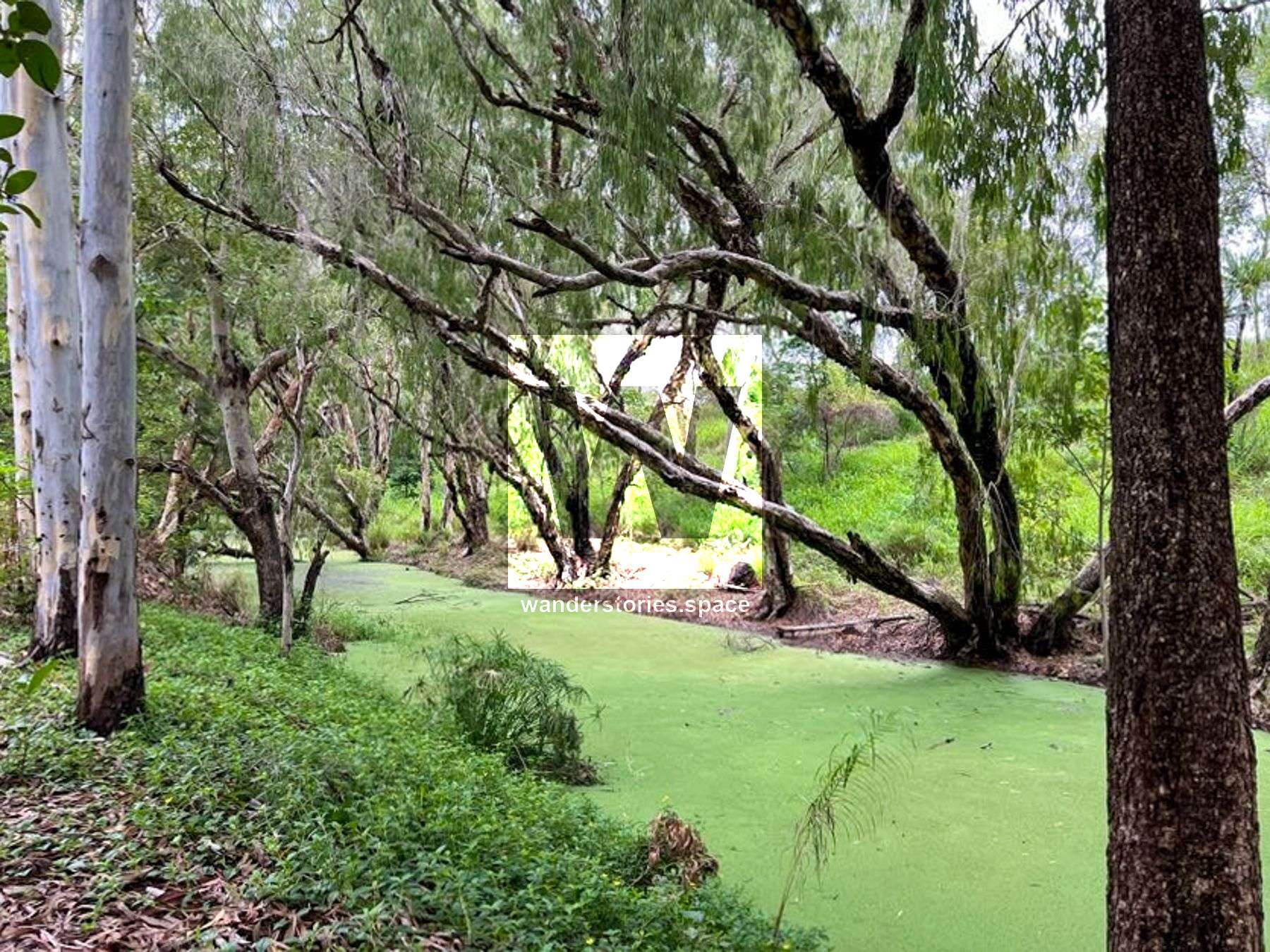
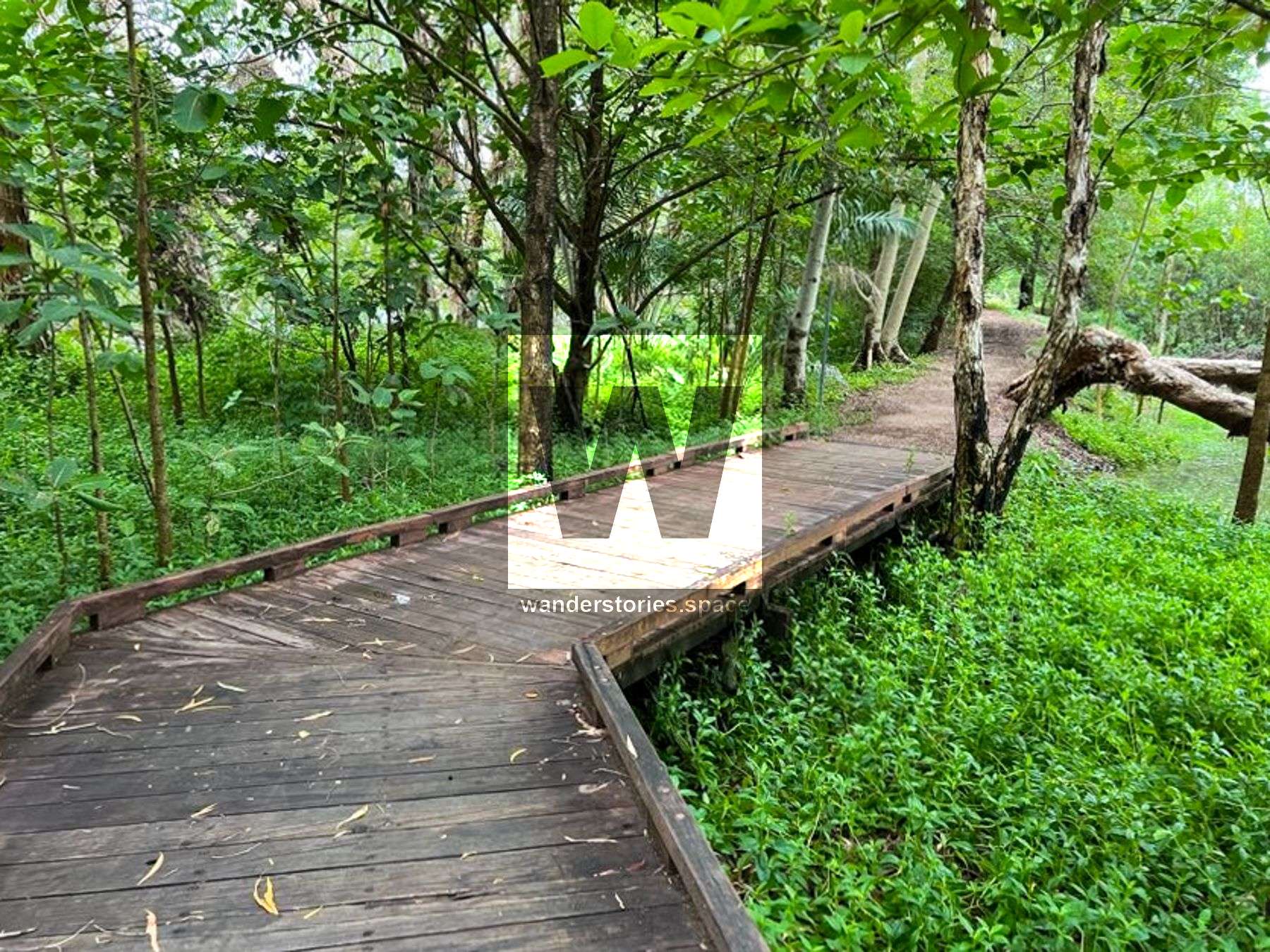
Freshwater Krefft's Turtles live in the river but must come ashore on bare sandy banks to dig nesting chambers. Young turtles hatch from the eggs, dig themselves out and scurry to the water. Sometimes, however, goannas find the nests and dig up the eggs for food.
The distant mountains are catchments for the Ross River. Rain from heavy tropical downpours runs off the surface or soaks through the soil to creeks. These empty into the Ross River which empties into the sea, so a clean and healthy catchment keeps our coastal waters clean too.


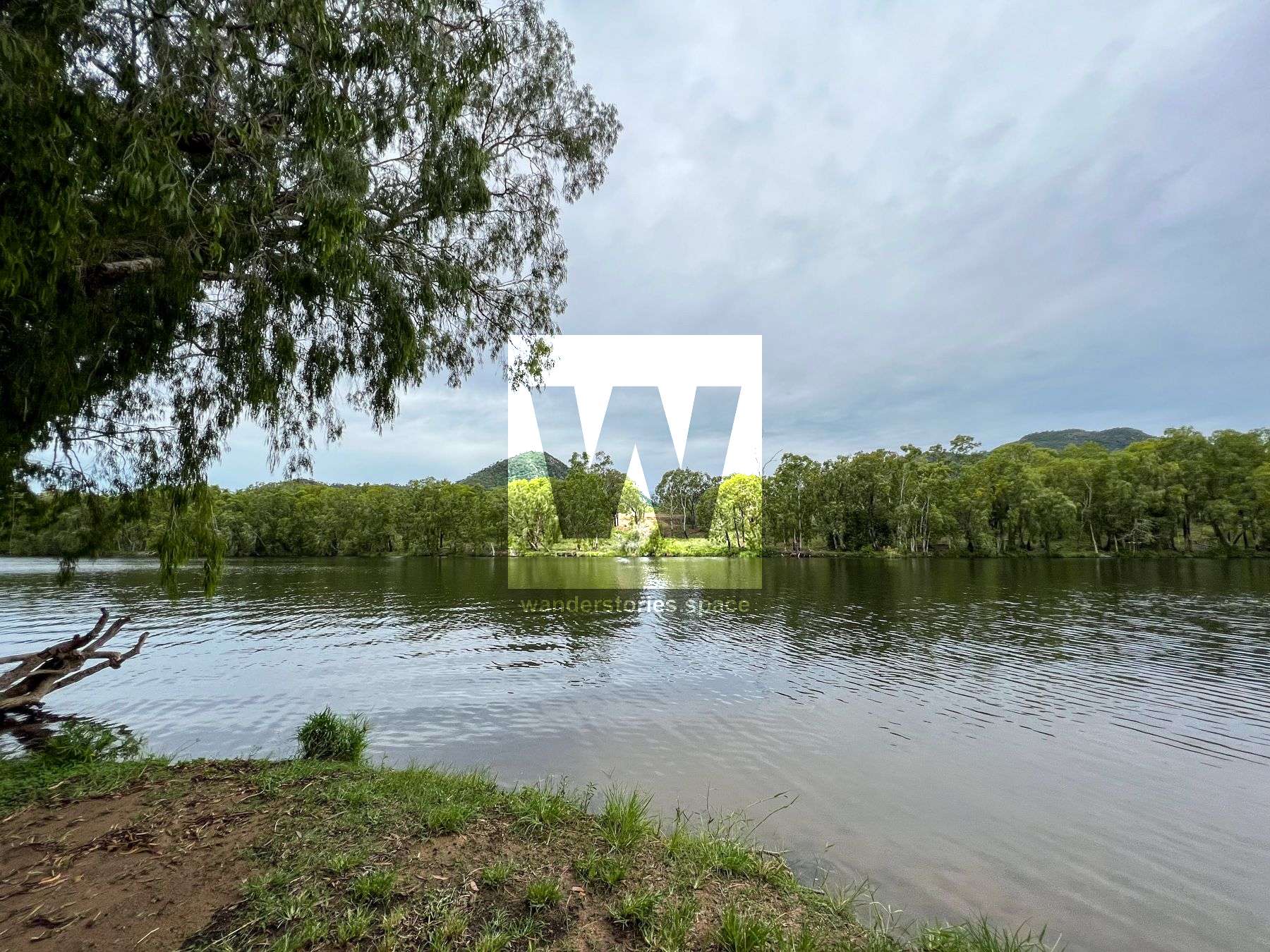
Many birds use the river as a corridor between the mountains inland and the coast. Waterbirds, such as egrets and cormorants, follow the river looking for good fishing spots. Bush birds fly from tree to tree along the banks. Swallows and dollar birds fly from the treetops to catch insects over the water.
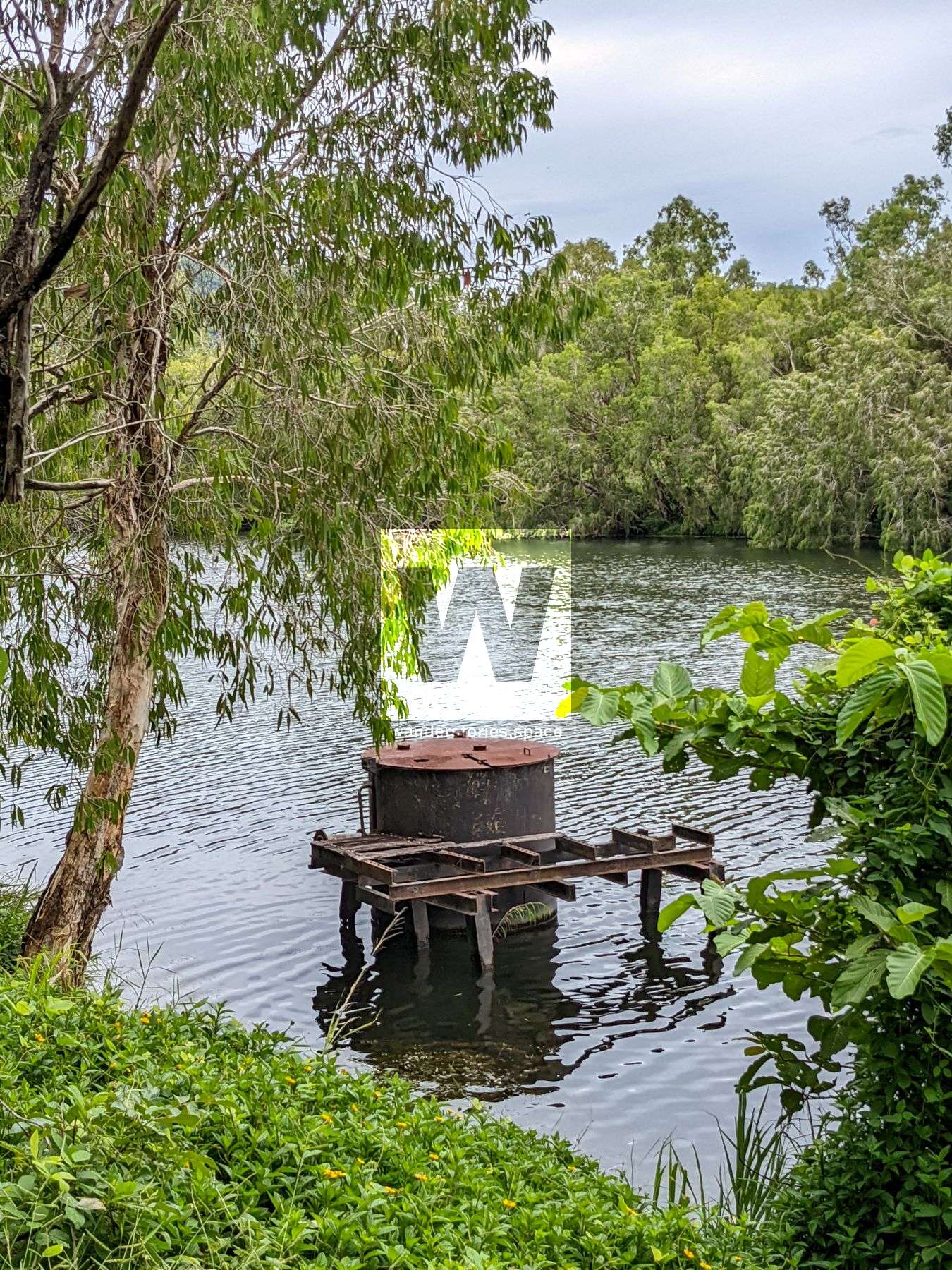
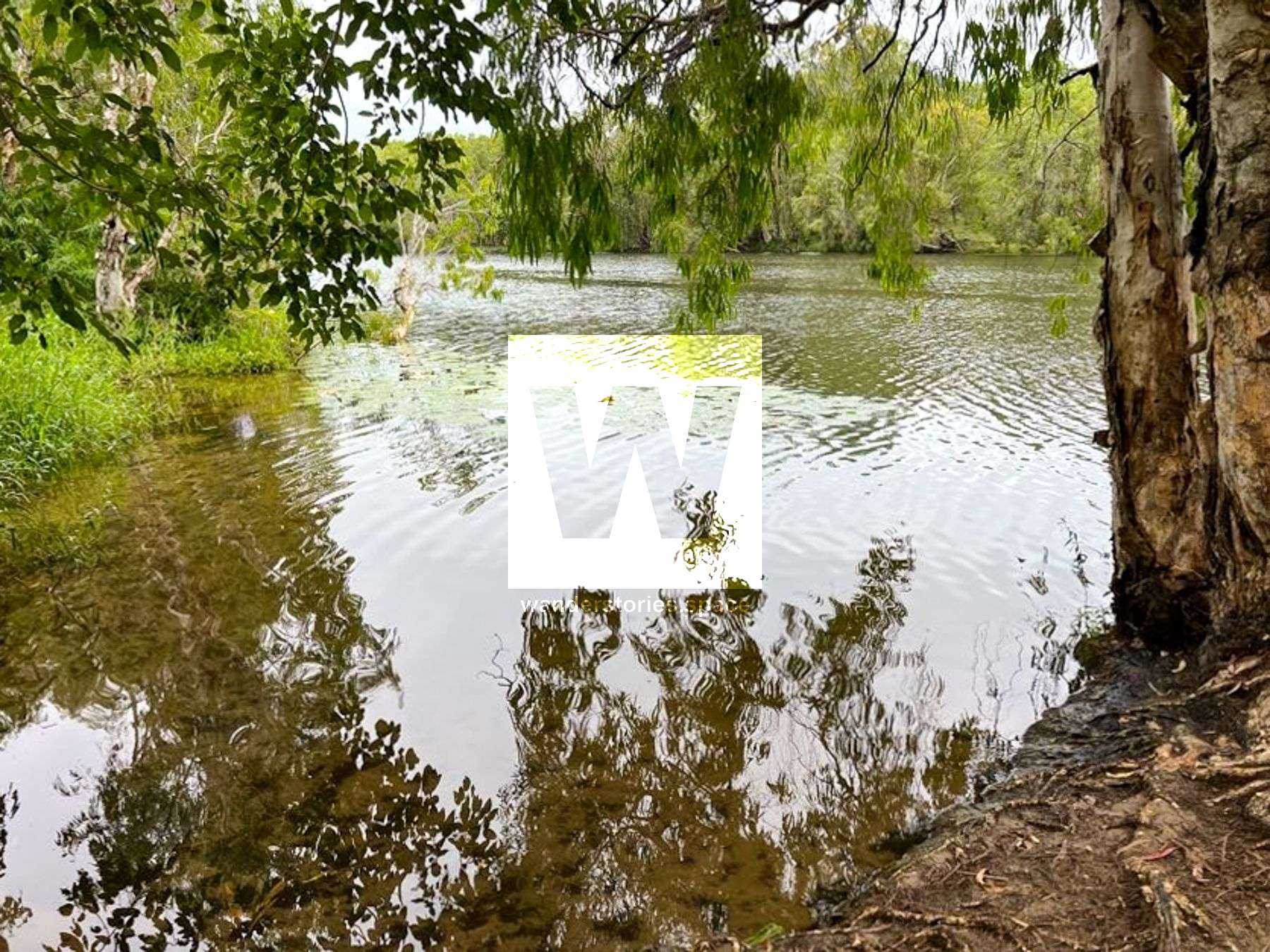
Townsville's drinking water was once pumped from the Ross River. Inside this structure was a pump forcing water from the river along a pipe to the homes of our predecessors. The pump was installed in 1926 but was decommissioned in the 1930s when a weir was built at what is now Weir State School. Later, Ross River Dam, upstream from here, became Townsville's main water source. Clean water is important for all life - from fish to waterlilies to us. We need to look after the catchment of the river to prevent pollution, rubbish and soil washing into the drains and creeks that feed into the river.
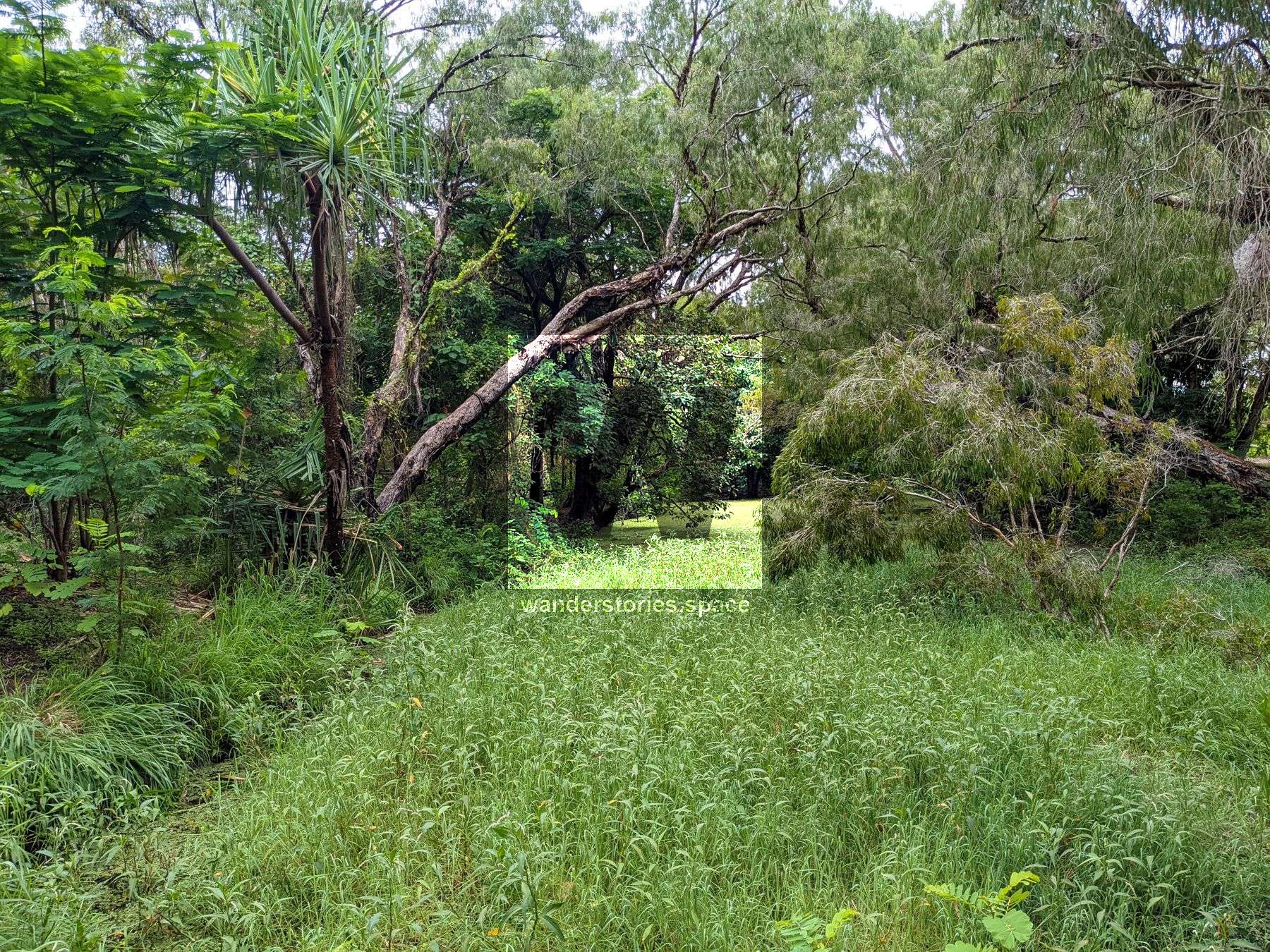

Waterlilies lotuses are special plants rooted in the river bed, with lees on or above the water surface. They provide a nursery and protection for fish and crustaceans which in turn provide food for other river animals.
Freshwater crocodiles are small and eat fish and frogs. They avoid people but may defend themselves if attacked. The pebbly bank across the river is a great spot for crocodiles to bask in the sun.
Watch for the diving bombing kingfisher and the sea eagle that plucks fish from the water with its talons. The biggest predator of the river is probably the barramundi. The most voracious killer is the dragonfly which mugs its prey with spiny legs.
Pink lotus flowers are magnificent and have religious and cultural significance in some countries. Lotus flowers turn into seed pods that look like shower roses. Each hole drops a large seed that can remain viable for a long time – some seeds found in a Chinese tomb sprouted after 3,000 years!
Also see the Ross River Parkway which includes the Wetlands Circuit, Aplin's Weir Circuit, Federation Circuit Walk, Riverway Circuit, Bicentennial Park Section, and the Fairfield Waters Section.
This article, and all other articles, are for entertainment purposes only and are not to be used as a guide. Please see our Disclaimer for more information.
